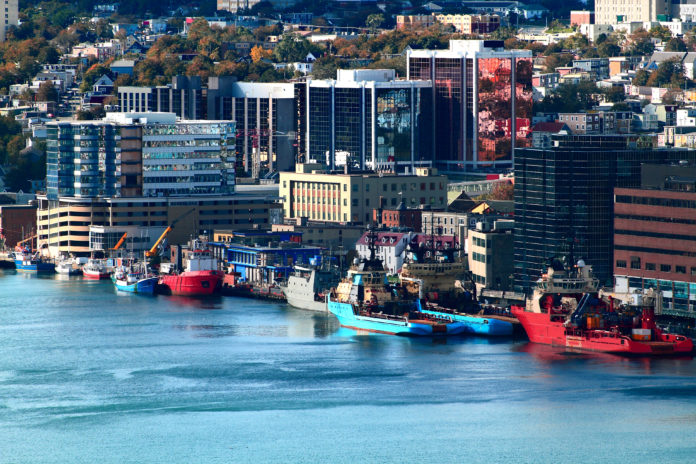
Newfoundland and Labrador has been granted its wish, six months after asking Canada to double its allotment of immigrants through the Provincial Nominee Program (PNP).
“We have achieved a doubling of our yearly immigration spaces from 1,500 to 3,050 people,” said provincial Immigration Minister Gerry Byrne in the House of Assembly last week . “This along with their families represents a capacity of 6,700 newcomers being able to be nominated annually.”
The latest data from Immigration, Refugees and Citizenship Canada (IRCC) reveals Newfoundland and Labrador welcomed 3,495 new permanent residents in 2022, up 70.9 per cent from the 2,045 new immigrants to the province the previous year.
And in the first two months of this year, the province welcomed 1,585 new permanent residents. At that rate of immigration, if it were to continue throughout the rest of 2023, Newfoundland and Labrador would see 9,510 new immigrants this year.
With the latest year’s figures, Newfoundland and Labrador has more than tripled its level of immigration from the 1,120 new permanent residents which came to its shores in 2015.
Read More Canada Immigration News
Double Our Canada Immigration Allotment, Newfoundland PNP Tells Federal Government
Here Are Newfoundland & Labrador’s Top 10 Most In-Demand Jobs
Newfoundland and Labrador Immigration: All You Need To Know To Immigrate To Canadian Province
After years of demographic decline, the province is finally seeing population growth, almost all of it due to immigration.
On the first day of this year, Newfoundland and Labrador’s population hit 531,948, its highest level in more than two decades, according to the province’s own figures.
“Net migration totalled 3,683 in (the fourth quarter of) 2022, the highest quarterly level on record for the province since consistent records began in 1951,” notes the province on its website.
Statistics Canada data shows Newfoundland and Labrador has grown by more than 12,000 people over the past seven consecutive quarters.
“For the first time in 50 years, enrolment of children in our schools is increasing, not shrinking,” said Byrne. “This fall will see more children in schools for the second consecutive year.”
The Canada-Ukraine Authorization for Emergency Travel (CUAET) pathway and support for Ukrainians in Newfoundland and Labrador is helping drive those numbers, Byrne acknowledged.
But the CUAET pathway is not the only driver of this population growth in the province.
“Newfoundland and Labrador is actively welcoming talented refugee and asylum seekers from South America, the Caribbean, Africa, Asia and anywhere systemic persecution exists,” said the provincial immigration minister.
Byrne Says Newfoundland Eager To Welcome Refugees
We are attracting new communities to call this province their home. Today, Newfoundland and Labrador is home to a vibrant Muslim community at over 7,500 strong and growing. These are our doctors, our educators, our entrepreneurs, our frontline workers. These are the people who are now embedded in the story of our future.”
Last summer, Canada’s federal and provincial ministers met to discuss the future of the country’s immigration system in Saint John, New Brunswick.
The provincial and territorial ministers were then demanding a greater say in the selection of immigrants, more input into any modernization of the Express Entry system, and increase to their allotments under the PNPs.
Watch
“Across Canada, jobs are going unfilled and paycheques unclaimed. Ottawa must let provinces select more of the skilled newcomers their communities need,” tweeted Ontario Immigration Minister Monte McNaughton at that time.
“It’s time to stop holding Canada back.”
Ottawa fairly quickly upped the allotments of several of the provinces, in keeping with Canada’s increasingly bullish stance on immigration.
In its 2023-2025 Immigration Levels Plan, Ottawa set the immigration target for this year at 465,000 new permanent residents. The country is to welcome 485,000 new permanent residents in 2024 and another 500,000 in 2025.
That’s a total of 1.45 million new permanent residents to Canada over the next three years.

